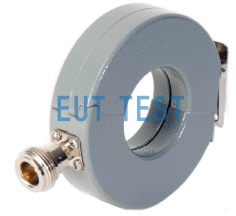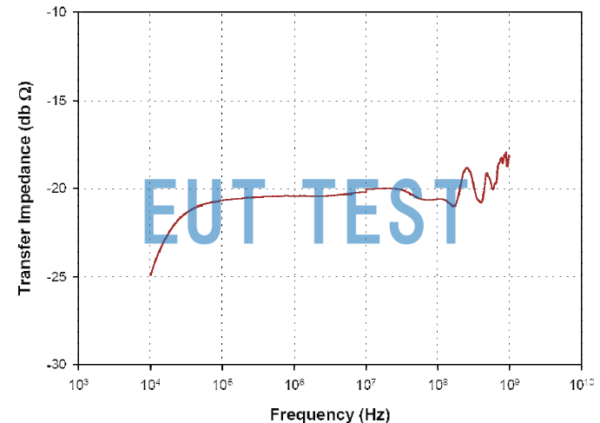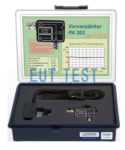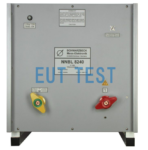Introduction:
F-220121-1005-1 is a current monitoring probe authorized by the U.S. FCC - Fischer Custom Communications, Inc. and distributed by EUTTEST Shenzhen. The probe can be stuck directly on the power or signal line of the DUT for radiation testing, the test range includes 10 kHz-1GHz common mode nuisance current, as long as the diameter of the unshielded cable less than 32mm can be tested. Nuisance Current Test Methods on Shielded CablesContact us for more technical information.
When can I use a current probe to test RF current?
The ammeter is a basic tool for measuring high frequency current, but when using an ammeter in the field to measure a sample cable you need to connect the ammeter in series to the test line, i.e., you have to cut the cable and insert the ammeter. In order to quickly obtain the RF current on the cable without destroying the cable under test, we can consider using a current probe for non-destructive testing, of course, you can also choose more models of current probes according to the test frequency and the size of the current to be tested.
How does a current probe measure current without being connected in series?
The current probe utilizes the law of electromagnetic induction to detect the magnetic field around the measured current, so that the RF current on the measured cable can be coupled to the coil of the current probe and form a new current, because the current probe adopts the 50Ω design, we can get the output voltage of the current probe and calculate the real current size of the measured sample.
Technical parameters:
<<<<提醒:左右滑动表格>>>>| Monitoring Probe Model | F-220121-1005-1 |
| manufacturer | FCC |
| Domestic Authorized Agents | Shenzhen EUTTEST |
| frequency | 10kHz-1GHz |
| Inner ring diameter | 32mm |
| Outer ring diameter | 71mm |
| high degree | 19mm |
| Transmission impedance ZtΩ | 1 Ω |
| Transmission Impedance dBΩ | 0 dB |
| connector | N |
| DC-400Hz Current | 400A |
| RF continuous wave current | 3A |
| pulse current (physics) | 100A |
| Calibration Fixture | fcc-mpcf-3-32-40/71/19 |
Transmission impedance graph:
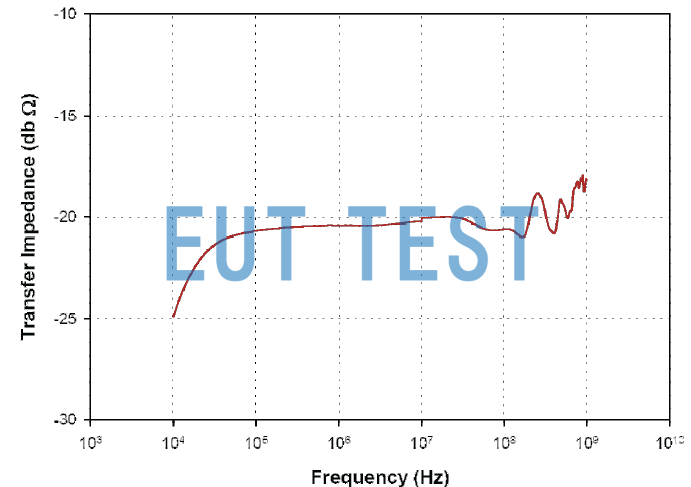
Transmission impedance graph

